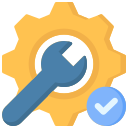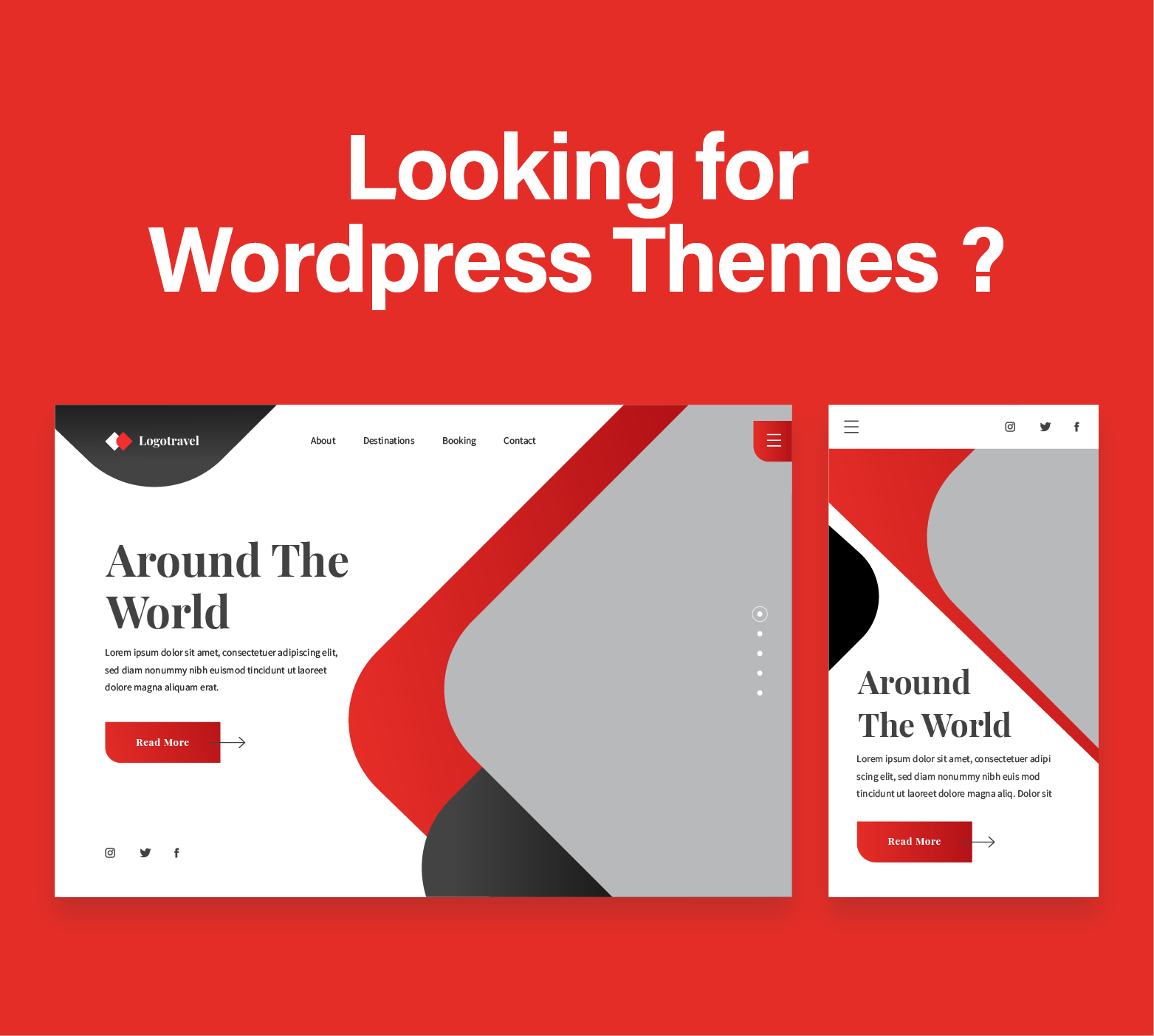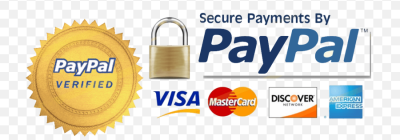In today’s digital age, educational websites play a pivotal role in providing accessible and quality education to a global audience. Whether it’s an online course platform, a university website, or a resource hub for students and educators, the design of these websites significantly impacts user experience and learning outcomes. This article will explore the best practices and tips for designing educational websites to ensure they are effective, engaging, and user-friendly.
So if you need affordable web design for educational websites or schools or universities do not hesitate to check our our services. Not only do we offer the web design services, but also we offer SEO and maintenance packages.
1. Understanding Your Audience
Before diving into the design process, it’s crucial to understand your target audience. Educational websites cater to a diverse range of users, including students, teachers, parents, and lifelong learners. Each group has different needs and expectations:
- Students: Look for engaging, interactive, and easily navigable content.
- Teachers: Seek resources, lesson plans, and tools to facilitate teaching.
- Parents: Want information on their child’s progress and educational resources.
- Lifelong Learners: Desire flexible, high-quality content that they can access at their own pace.
Conducting thorough audience research through surveys, focus groups, and user interviews can provide valuable insights into what your users need and how they interact with digital educational content.
2. Prioritizing User Experience (UX)
User experience is at the heart of any successful educational website. A well-designed UX can enhance learning by making the site intuitive and easy to navigate. Here are some key considerations:
a. Simplicity and Clarity
Educational websites should have a clean, uncluttered design. Avoid overwhelming users with too much information or complex layouts. Use white space effectively to make content more readable and less daunting.
b. Intuitive Navigation
Users should be able to find what they need quickly and easily. Implement a logical, straightforward navigation structure with clear labels. Use breadcrumbs, a consistent menu, and search functionality to guide users through the site.
c. Accessibility
Ensure your website is accessible to all users, including those with disabilities. Follow Web Content Accessibility Guidelines (WCAG) to make your content perceivable, operable, and understandable for everyone. This includes providing text alternatives for non-text content, ensuring sufficient contrast, and making all functionality accessible via keyboard.
d. Mobile Responsiveness
With the increasing use of mobile devices, it’s imperative that educational websites are fully responsive. Ensure your site performs well on various screen sizes and devices, providing a seamless experience whether accessed via desktop, tablet, or smartphone.
3. Engaging Content Presentation
The way content is presented can significantly impact user engagement and learning. Here are some tips for effective content presentation:
a. Interactive Elements
Incorporate interactive elements such as quizzes, videos, and simulations to make learning more engaging and dynamic. Interactive content not only holds users’ attention but also enhances retention and understanding of the material.
b. Multimedia Use
Use multimedia elements like images, videos, and infographics to break up text and make the content more appealing. Visual aids can help explain complex concepts more effectively than text alone.
c. Chunking Information
Break down content into smaller, manageable chunks. Use headings, subheadings, and bullet points to organize information and make it easier for users to scan and absorb.
d. Storytelling
Incorporate storytelling techniques to make the content more relatable and memorable. Stories can illustrate points more vividly and help learners connect with the material on a deeper level.
4. Providing Quality Educational Resources
a. Curated Content
Curate content from reputable sources and provide links to additional reading or resources. This adds value to your site and helps establish credibility.
b. Original Content
Produce original content that addresses the specific needs of your audience. This could include blog posts, articles, lesson plans, and instructional videos.
c. Regular Updates
Keep the content fresh and relevant by regularly updating the site. This not only improves the quality of the educational material but also keeps users coming back for new information.
5. Fostering Community and Interaction
Education is not just about consuming information; it’s also about interaction and collaboration. Here’s how you can foster a sense of community on your educational website:
a. Discussion Forums
Implement discussion forums where users can ask questions, share knowledge, and engage in discussions. This can enhance the learning experience by allowing users to learn from each other.
b. Live Chat and Support
Provide live chat options and support forums where users can get real-time help. This is especially important for online courses and tutorials.
c. Social Media Integration
Integrate social media platforms to allow users to share content and engage with your site through their preferred social networks. This can also help drive traffic to your website.
6. Implementing Effective Learning Management Systems (LMS)
For educational websites offering online courses, a robust Learning Management System (LMS) is essential. Here are some features to consider:
a. User-Friendly Interface
The LMS should have an intuitive interface that makes it easy for users to enroll in courses, track progress, and access resources.
b. Assessment Tools
Include assessment tools such as quizzes, tests, and assignments to evaluate learners’ understanding and progress. Automated grading and feedback can enhance the learning process.
c. Progress Tracking
Allow users to track their progress through the course. This could include visual progress bars, completion certificates, and achievement badges.
d. Customization
Ensure the LMS is customizable to fit the specific needs of your courses and users. This could include customizable course layouts, themes, and user roles.
7. Ensuring Security and Privacy
Educational websites often collect and store sensitive information, making security and privacy paramount. Here’s how to safeguard your site:
a. Data Encryption
Use encryption protocols to protect data transmitted between users and your website. This includes securing user login information and any other personal data.
b. Regular Security Audits
Conduct regular security audits to identify and address vulnerabilities. This helps prevent data breaches and ensures compliance with security standards.
c. Privacy Policies
Clearly communicate your privacy policies to users. Let them know what data you collect, how it’s used, and how it’s protected. Ensure compliance with relevant data protection regulations such as GDPR or COPPA.
8. Utilizing Analytics for Continuous Improvement
Finally, use analytics to continually improve your educational website. Monitor user behavior and feedback to identify areas for enhancement:
a. User Feedback
Solicit feedback from users through surveys, feedback forms, and usability testing. This can provide insights into user satisfaction and areas that need improvement.
b. Analytics Tools
Use analytics tools like Google Analytics to track user behavior, such as page views, time spent on pages, and navigation paths. This data can help you understand how users interact with your site and where they encounter difficulties.
c. A/B Testing
Conduct A/B testing to compare different design elements and content layouts. This can help you determine what works best for your audience and improve the overall user experience.
Conclusion
Designing an effective educational website requires a deep understanding of your audience and a commitment to providing a user-friendly, engaging, and secure online learning environment. By prioritizing user experience, presenting content effectively, fostering community, implementing robust learning management systems, ensuring security, and utilizing analytics, you can create a website that not only meets the needs of learners but also enhances their educational journey.
By following these best practices and tips, educational websites can become powerful tools for learning, making education more accessible and enjoyable for everyone.








